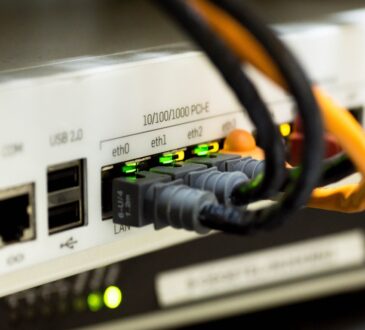
With 5G or fifth-generation wireless standard, you can expect incredible data transfer speeds, reduced latency, and the ability to connect to even more devices. The US was among the first countries in the world to launch 5G to consumers and businesses, and its potential continues to take our breath away. Today, most network providers in the US offer 5G networks, but they also offer 5Gs most recent predecessor – 4G LTE. Experts believe that 3G networks will slowly be phased out since this wireless standard is fast becoming obsolete.
5G operates over three frequencies. The low-band frequency can travel long distances and penetrate buildings. However, it will peak at a speed of only 100 Mbps. Most carriers will offer low-band frequency to small towns and low-traffic areas in the future to extend their reach. Mid-band frequencies are much faster and cover a reasonable range too. However, the mid-range spectrum was hard to come by until very recently. Carriers like AT&T, T-Mobile, and Verizon all launched 5G in the lower-band spectrum in the past two years. The download speeds on the third frequency, the high Band mmWave frequency, are very high. This spectrum covers radio band frequencies of 30 GHz to 300 GHz. However, the third frequency has very little range. If you use a high-band frequency, your connection and coverage will break up and falter only a hundred feet away, owing to the limited radiofrequency exposure. Another factor to consider is that the high-band mmWave frequency cannot penetrate obstacles and obstructions like buildings. You probably would just be able to use it in an unobstructed space like a stadium or airport since the guarantee of getting a consistent signal is slim to none.
Having said that, even high-band mmWave has a few benefits. These include higher bandwidth, the potential of higher frequencies, enhanced mobile broadband, and lower latency. 5G also promises higher data rates, which will enable new technology options over 5G networks (think 4K streaming or real-time streaming of virtual reality). Finally, with 5G technology, consumers can look forward to a 5G mobile network made of low-band, mid-band, and MM wave frequencies in the foreseeable future.



